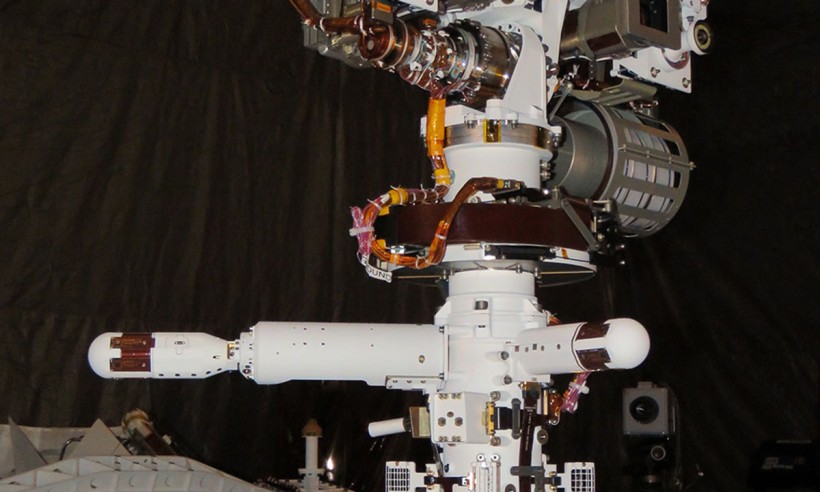It seems that Mars could have a rather windy environment.

Perseverance Rover's Scientific Instruments
According to NASA, on Feb. 18, 2021, NASA's Perseverance Rover successfully landed on the Red Planet after a seven-month trip. Astrobiology, including the hunt for evidence of ancient microbial life, is one of the main goals of Perseverance's mission on Mars. As the first mission to gather and store Martian rock and regolith, the rover will define the planet's geology and past climate, exposing the Red Planet to human exploration.
For this to happen, a separate NASA report said the Perseverance Rover has science instruments that will be used to acquire information about Martian geology, environmental conditions, atmosphere, and potential biosignatures. These are Mastcam-Z, MEDA (Mars Environmental Dynamics Analyzer), MOXIE (Mars Oxygen ISRU Experiment), PIXL (Planetary Instrument for X-ray Lithochemistry), RIMFAX (Radar Imager for Mars' Subsurface Experiment), SHERLOC (Scanning Habitable Environments with Raman & Luminescence for Organics and Chemicals) and SuperCam.
MEDA's Sensor Got Damaged
Strong Red Planet winds that pushed pebbles high into the air damaged a MEDA sensor, specifically one of the two wind sensors, Space.com reported. Fortunately, MEDA's principal investigator, José Antonio Rodriguez Manfredi, told Space.com that despite having less sensitivity, MEDA can still measure the wind at its landing site in Jezero Crater.

The Mars Environmental Dynamics Analyzer (MEDA) collects atmospheric measurements that will provide a regular weather report from Jezero Crater on Mars.
MEDA is used to measure the amount and size of dust particles in the Martian atmosphere in addition to wind speed and direction, temperature, and humidity. Sensors are positioned on the "neck" of the mast, as well as the deck, front, and interior of the rover's body, according to NASA.
Read More: NASA's Perseverance Rover Successfully Collects Its 7th Sample
Design Considerations of MEDA
The wind sensor, like every other equipment on Perseverance, was developed with redundancy and protection in mind, Rodriguez Manfredi said. However, he also noted that everything has a limit.
And that limit is more troublesome for instruments like MEDA because the sensors need to be exposed to the outside in order to record wind parameters. However, when larger pebbles were lifted than anticipated by stronger-than-expected gusts, the combination caused damage to several of the detector parts.
"Neither the predictions nor the experience we had from previous missions foresaw such strong winds, nor so much loose material of that nature," Rodriguez Manfredi said, adding that "it was ironic that the sensors were damaged by wind."
What You Need to Know About MEDA
Here are five things you should know about this Perseverance Rover's scientific instrument:
-
MEDA studies the dusty environment of the Red Planet - Dust propels chemical reactions in the atmosphere and on the surface. Weather and temperature are impacted by it. Basically, Mars is ruled by dust.
-
MEDA helps predict the weather on Mars - MEDA assists astronauts in anticipating the weather they will experience on Mars. Accurate weather forecasts are essential for their safety.
-
MEDA measures water vapor on the Red planet - How water vapor flows between Mars' "soil" and atmosphere is revealed by the humidity sensor.
-
MEDA measures radiation on Mars - Any remnants of past life in the rocks of Mars can be altered by radiation from the sun and space. MEDA explains what to look for and aids scientists in understanding these changes.
-
MEDA shows weather's impact on Mars - It demonstrates how the performance of NASA's Mars 2020 rover, particularly its cameras and MOXIE's MOXIE's oxygen-making system by dust and weather.
Related Article: NASA Shares Perseverance Rover Photo of the Martian Landscape













